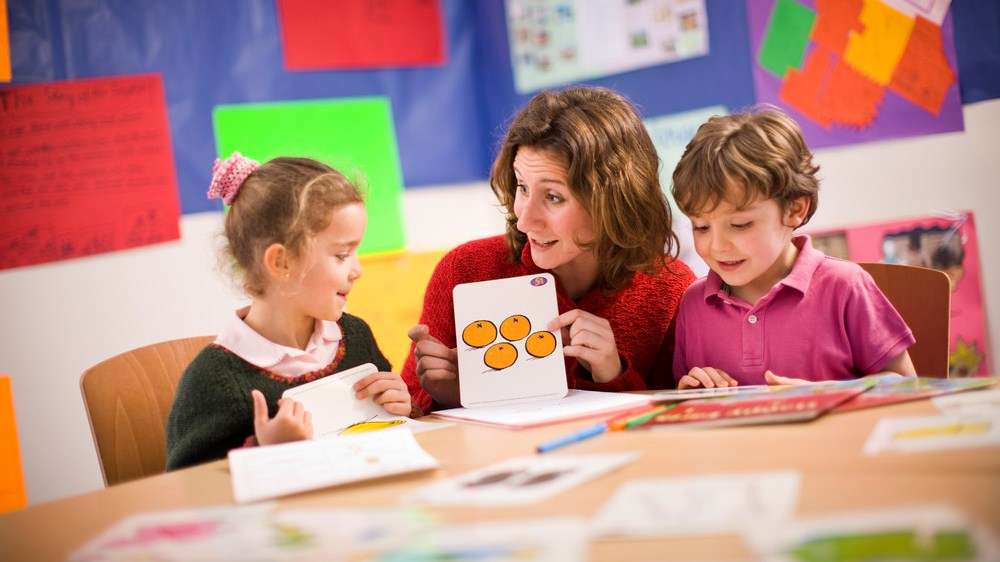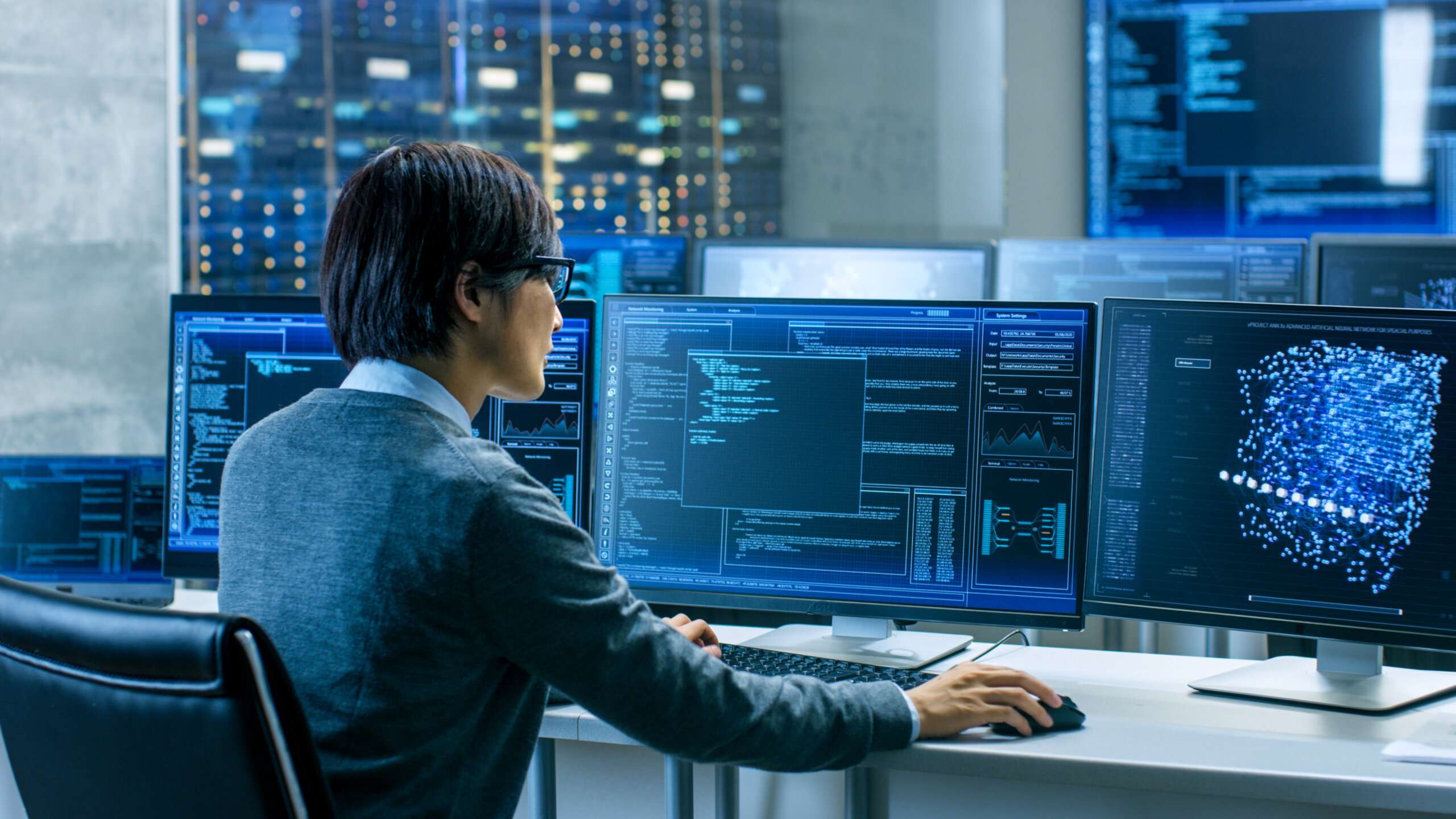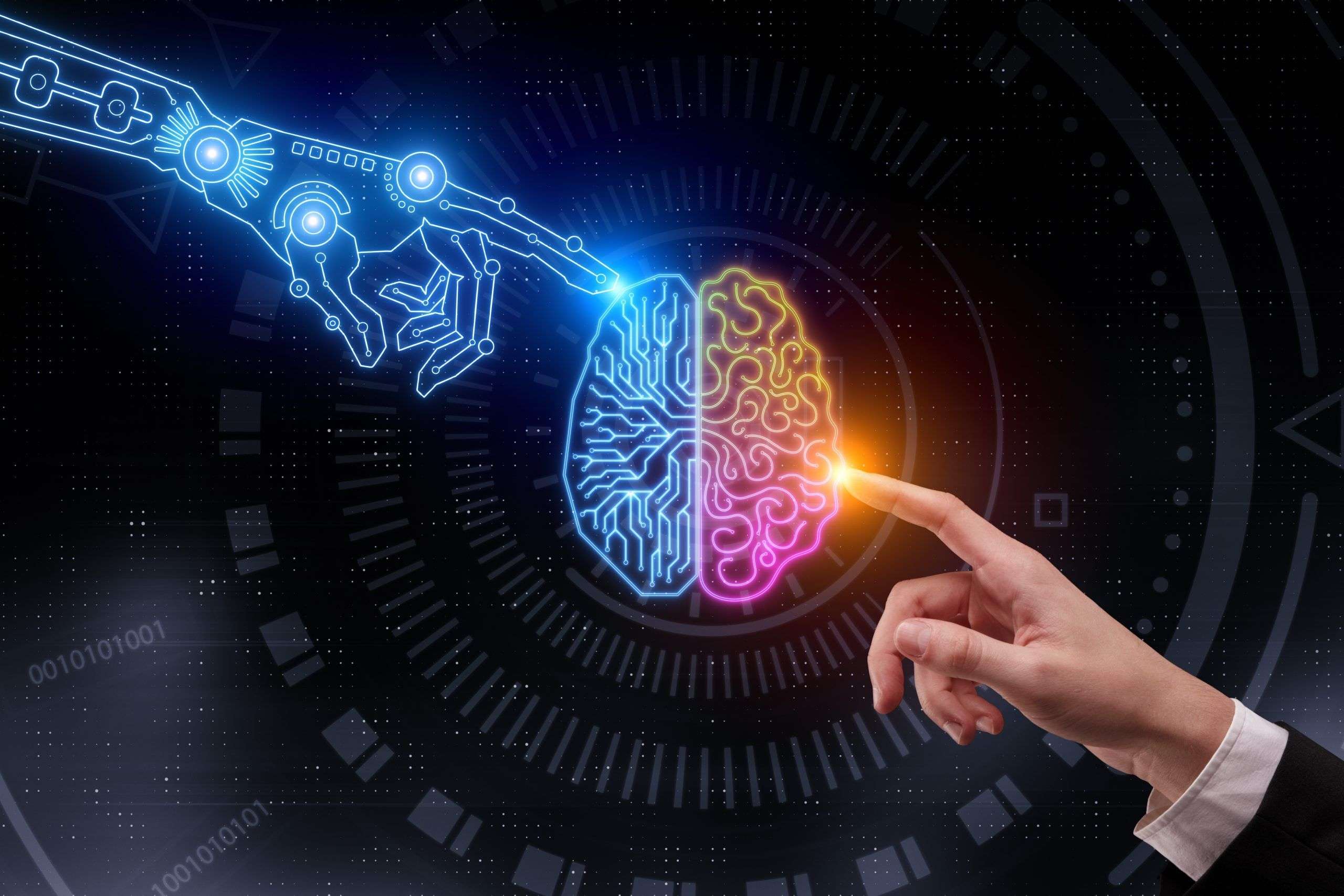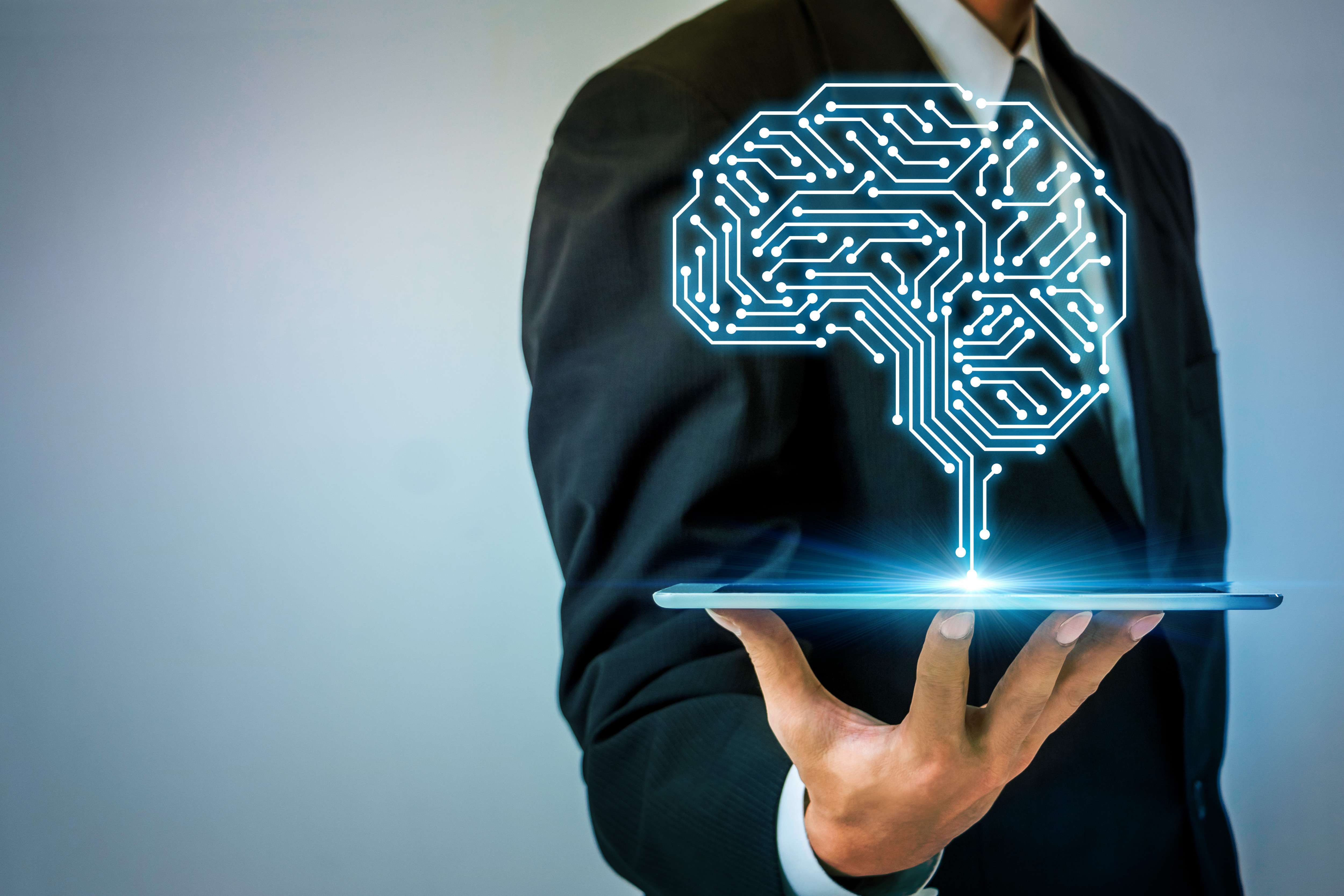What Is Self Supervised Learning
Share

What Is Self Supervised Learning- A machine learning method called self-supervised learning can be used instead of supervised learning when jobs would normally require it. Self-supervised algorithms don’t use labeled datasets to provide implicit names for supervisory signs; instead, they use unstructured data.
In fields like computer vision and natural language processing (NLP), where cutting-edge artificial intelligence (AI) models need to be trained on huge amounts of tagged data, self-supervised learning (SSL) comes in very handy. Because these tagged datasets require extensive labeling by human experts, it can be impossible to collect enough data. People may save time and money with self-supervised methods because they don’t need to label training data by hand as much or at all.
To train a deep learning model for tasks that need precision, like regression or classification, you have to compare its output predictions for a given input to the “correct” predictions for that input, which is also called the ground truth. Often, carefully labeled training data is used as the ground truth. This method is called “supervised” learning because it requires direct human involvement. The goal of self-supervised learning projects is to use unlabeled data to figure out the “ground truth.”

How does self-supervised learning work?
A set of unstructured data can be used as ground truth for a loss function in self-supervised learning tasks. This means that the model can accurately and meaningfully show the input data even if no names or notes are given.
The idea behind self-supervised learning is to reduce, if not get rid of, the need for labeled data.. Labeled data is harder to get and costs more, while unlabeled data is easier to find and costs less. Unlabeled data is used to make “pseudo-labels” in pretext jo s. The word “pretext” suggests that the training task is not useful in and of itself but only a way to teach models how to describe data in a way that will be useful in later tasks. This type of work is also called “representation learning.”
A small amount of labeled data is all that is needed to train an SSL-pretrained model using supervised learning. However, these models are usually fine-tuned for the tasks they will be used for later.
Self-predictive learning and contrastive learning are two machine learning techniques that models learned with SSL use, although the field has many different methods and uses.
Self-supervised learning use cases
Self-supervised learning has been used to teach AI models how to perform many different jobs and areas of study.
Soon after its release in 2018, Google used the BERT masked language model as the natural language processing (NLP) engine for ranked and featured snippets in Sear. h. As of 2023, Google is still using the BERT design to power its real-world search products.
The LLaMa, GPT, and Claude LLMs all use autoregressive language modes. Self-supervised learning was mostly used to teach GP 3. Reinforcement learning with human feedback (RLHF) improved the models that had already been taught in InstructG T. The improved GPT-3.5 models were then used to start ChatGPT.
A type of NLP called autoregressive models is used in speech-to-text and text-to-speech models like WaveNet.
This is a speech recognition method that Facebook (Meta) uses to turn raw udio into a vector representation. It does this by stacking two deep convolutional neural networks on top of each other. These vectors are used as inputs for self-prediction tasks in pre-training that a person does not watch.
Benefits of Self-Supervised Learning
Self-supervised learning can help computer vision, machine learning, and AI projects, use cases, and models in several ways.
More scalable: Self-supervised learning is easier to control and can handle bigger datasets because it doesn’t need well-labeled data. The types of things that are more or less common in pictures or movies are the same because SSL can handle huge amounts of unstructured data.
Better results from the model: Self-supervised learning can give more accurate representations of data features, which makes computer vision models work better. An SSL method also makes it easier for a model to learn without labeled data.

Better artificial intelligence (AI): self-supervised learning is used to train natural language processing (NLP) modes. It is now used as a base for foundation models like neural networks, transformer-based large language models (LLMs), variational auto-encoders (VAEs), generative adversarial networks (GANs), multimodal models, and a lot more.
Computer vision tasks like picture categorization and video frame prediction work better when self-supervised learning is used.
How Does Self-supervised Learning Work?
A method called “self-supervised learning” is mostly used to teach AI-based modes. It works best when models are given a lot of raw data that needs to be labeled, is almost labeled, or isn’t labeled at all. The models can then make their labels.
It’s more complicated, though, because this method of training a model can be done with several different SSL systems. We will look at seven of the most common ones, such as contrastive and non-contrastive learning.
Different Ways of Teaching
Contrastive learning SSL is the process of teaching a model to tell the difference between two sources or data points that are very different from each other. You can get these “anchors,” or places of contrast, in both positive and negative styles.
Education That Doesn’t Contradict
Non-contrastive self-supervised learning (NC-SSL) learns a model with only pairs that are not different from each other. These pairs are also called positive sample pai s. In contrast, contrastive learning uses a sample that is both good and bad.
Contrastive Predictive Coding (100%).
This 2019 study was the first to show Contrastive Predictive Coding (CPC) to the public. It was created by three AI programmers at Deep Mind and Google.
Use Cases of Self-Supervised Learning for Computer Vision
To sort whole sets of data, like a picture or a bunch of photos in a dataset, instance discrimination approaches use contrastive learning methods like CPC, Contrastive, and NC-SSL.
Self-Supervised Learning Examples of How Computer Vision Can Be Used
Let’s quickly look at four of the many useful ways that self-supervised learning can be used in computer vision.
Self-supervised learning can be used in many real-world situations, such as in the healthcare industry. In medicine, annotation and imaging are very special. It is very important to be accurate when using a computer vision model to find situations that could kill or severely limit a person’s life. DICOM, NIfTI, X-ray, MRI, and CT scans are some of the things that are used to teach computer vision techniques.
In the medical field, it’s hard to find correctly labeled proprietary data. This is because of laws like HIPPA that protect data privacy in healthcare and the need for multiple doctors to annotate the data. The time that medical staff spends is both important and expensive. Many people need more free time to label a dataset with many photos or movies.
Nevertheless, computer vision has many useful uses in the healthcare field, which makes it very helpful. One way to deal with the problems listed above is to use medical imaging datasets and self-supervised learning methods. One example is self-supervised learning to determine whether someone has cancer.
Encord worked closely with healthcare data scientists and medical experts to create our medical imaging annotation suie. It is a high-tech automated image annotation suite that includes accurate 3D annotation, fully auditable images, and the highest level of efficiency.
What is the difference between unsupervised and self-supervised learning?
unsupervised models are used for tasks like clustering, anomaly detection and dimensionality reduction that do not require a loss function, whereas self-supervised models are used for classification and regression tasks typical to supervised .
In most unsupervised learning problems, the results of the solutions are not compared to a known “ground truth.” For instance, an unsupervised association model that learns which goods are often bought together could power an e-commerce recommendation engine. Instead of repeating what people expect, the model’s usefulness comes from finding connections that people can’t see.
The results of self-supervised learning are compared to an unnamed training dataset that serves as an implicit ground truth. It is used to find the “loss”—or difference—between the model’s predictions and the ground truth. Both supervised and unsupervised models are improved using this meth d. Self-supervised models use gradient descent backpropagation during training to change model weights and lower loss, which leads to higher accuracy.
Because of this basic difference, the two methods are used for different tasks: self-supervised models are used for tasks like regression and classification that are common in supervised learning, while unsupervised models are used for tasks like clustering, finding outliers, and reducing the number of dimensions that don’t need a loss function.
What best describes self-supervised learning?
Self-supervised learning describes an unsupervised learning problem constructed as a supervised learning problem to apply supervised learning algorithms to solve an alternative task representing a model or representation that can be used to solve the original (actual) modeling problem.
Some new self-supervised learning models are generative adversarial networks (GAN), autoencoders and their extensions, deep infomax, contrastive coding, and pre-trained language models (PT ). For now, we’ll review them quickly.
Robotics uses self-supervised learning to automatically sort training data into groups by finding and using connections between different sensor input patterns. A term that was eventually used in the field of machine learning for this method is “self-supervised learning.” This definition says that self-supervised learning is when “the machine predicts any parts of its input for any observed part.”
Learning is the process of using a “semiautomatic” method to pull out “labels” from da a. Also, some data points need to be extrapolated from other data points. “Other parts” in this case could mean parts that are broken, bent, changed, or not finished d. This means that the computer can “recover” all, some, or even all of the original material. Read our piece on supervised vs. unsupervised learning to learn more about these kinds of machine learning ideas.
What is self-supervised learning in LLM?
Self-supervised learning operates by formulating pretext tasks that encourage the model to capture salient features of the input data. These tasks are designed such that the model is required to make predictions about the input data based on the relationships inherent within the data itself.
Self-supervised learning (SSL), a new machine learning method, is a good way to get around the problems that come up when you rely too much on labeled data. A lot of years ago, labeled data of good quality was needed to make smart systems using machine learning methods. Because of this, the price of high-quality labeled data is one of the biggest problems with the training process as a whole.
One of the main goals of AI researchers is to create low-cost self-learning systems that can work with unstructured data and help with the study and development of AI systems in general. However, it takes work to gather and label all the possible combinations of data.
To solve this problem, researchers are developing self-supervised learning (SSL) systems that can find small details in da a. Before we discuss self-supervised learning, let’s discuss some of the most common ways that clever systems learn.
What is self-supervised learning in the brain?
The brain may learn about the world the same way some computational models do. Two studies find “self-supervised” models, which learn about their environment from unlabeled data, can show activity patterns similar to those of the mammalian brain.
To get around the world, our brains need to learn how to understand the real world around them intuitively. The brain then uses this intuitive knowledge to make sense of the external information it receives.
What does the brain do to acquire natural knowledge? This machine learning method, first developed to improve computer vision models, lets computers learn about visual situations by comparing what’s the same and what’s different, without names or any other information. Many experts consider this method to be “self-supervised learning.”
Experts at the K. conducted two studies. This idea is backed up by new information from the Lisa Yang Integrative Computational Neuroscience (ICoN) Center at M T. Researchers found that when they trained neural network models using a certain type of self-supervised learning, the models made activity patterns that were similar to what they saw in the brains of animals doing the same tasks as the models.
How do you use self-supervised learning?
The process of the self-supervised learning method is to identify any hidden part of the input from any unhidden part of the input. For example, in natural language processing, if we have a few words, using self-supervised learning we can complete the rest of the sentence.
Self-supervised learning (SSL) and unsupervised learning (UL) are words that are sometimes used to refer to the same thing. Self-supervised learning is similar to uncontrolled learning, but it doesn’t need to be labeled by ha d. To be more specific, self-supervised learning tries to find missing pieces, which is still a controlled setting. On the other hand, unsupervised learning focuses on finding certain patterns in data, like clustering, community finding, or anomaly detection.
Deep neural networks are very good at many different types of machine learning problems, but they are especially good at computer vision-guided learning. Modern computer vision systems do a great job of many difficult vision tasks, like finding objects, recognizing images, and separating images based on their meaning.
For supervised learning, on the other hand, a large dataset that is labeled by hand and randomly split into test, validation, and training sets is used to teach the machine how to do a certain j b. Accordingly, a lot of tagged data is needed for deep learning-based computer vision to work, which is expensive and takes a lot of time. There are many problems with supervised learning, such as adversarial machine learning attacks, false correlations, and generalization mistakes. Labeling each example by hand is also very time-consuming and expensive.

The supervised learning group of machine learning methods is a popular way to solve regression and classification problems. Still, supervised learning models need to label data by hand, which takes more time, costs more money, and increases the chance of making mistakes.
Self-supervised learning (SSL), also sometimes called “self-supervision,” is a new way to identify da a. Self-supervised learning lets machine learning models be made automatically, which cuts down on the time and money needed to make them. This piece examines self-supervised learning and compares it to different machine learning methods, such as supervised and unsupervised learning.
Self-supervised learning is a type of machine learning in which a model learns on its own by using one piece of data to guess another and give labels accurately. With this learning method, an unsupervised learning problem turns into a monitored one in the ed. Here is an example of a result from self-supervised learning.





